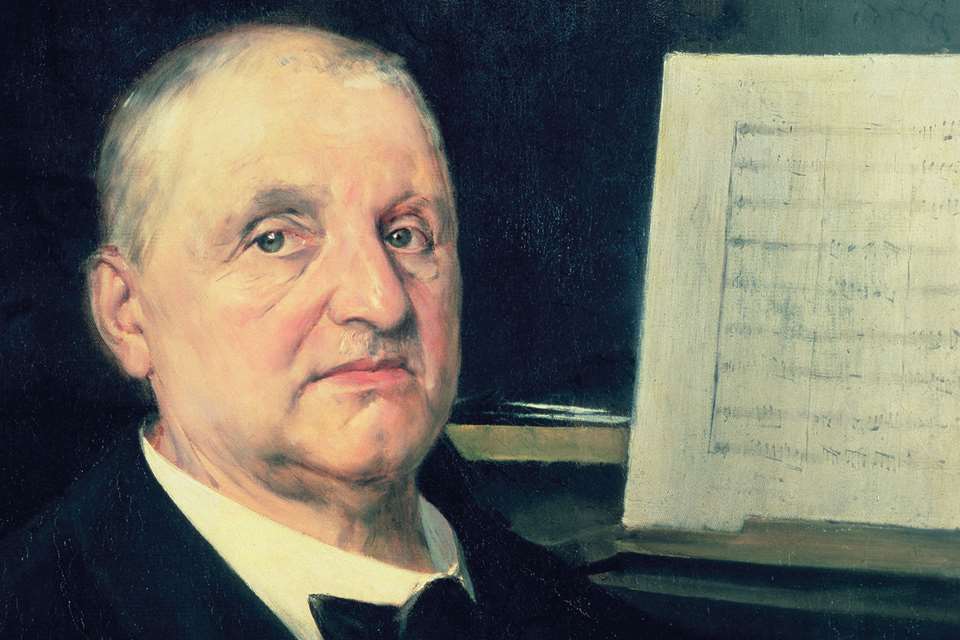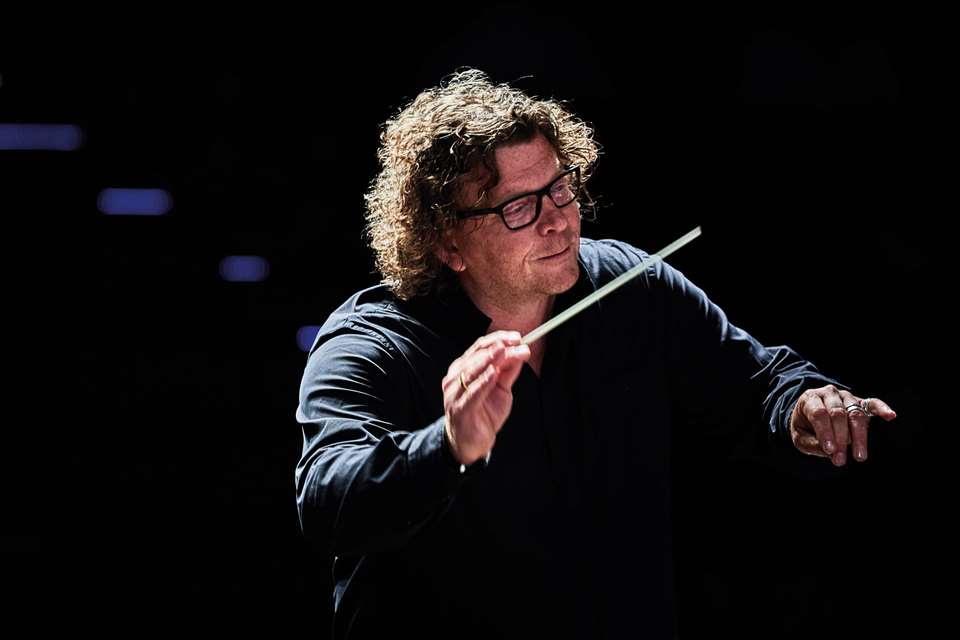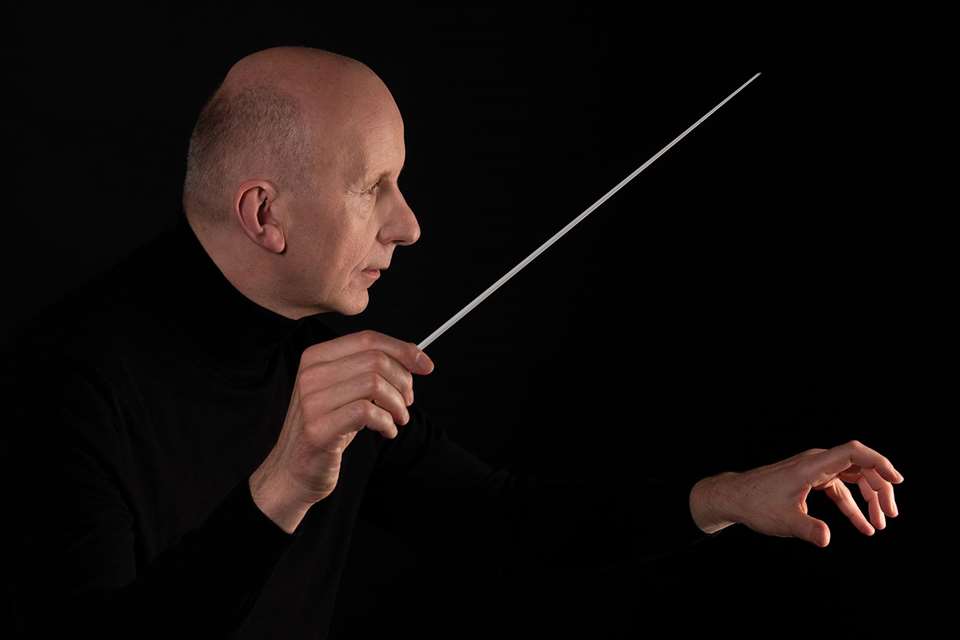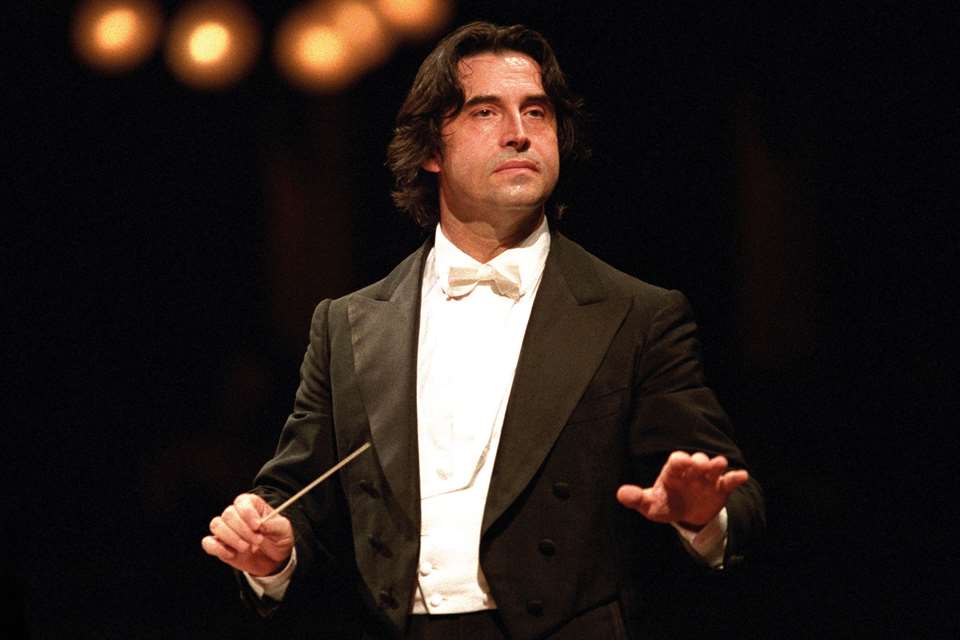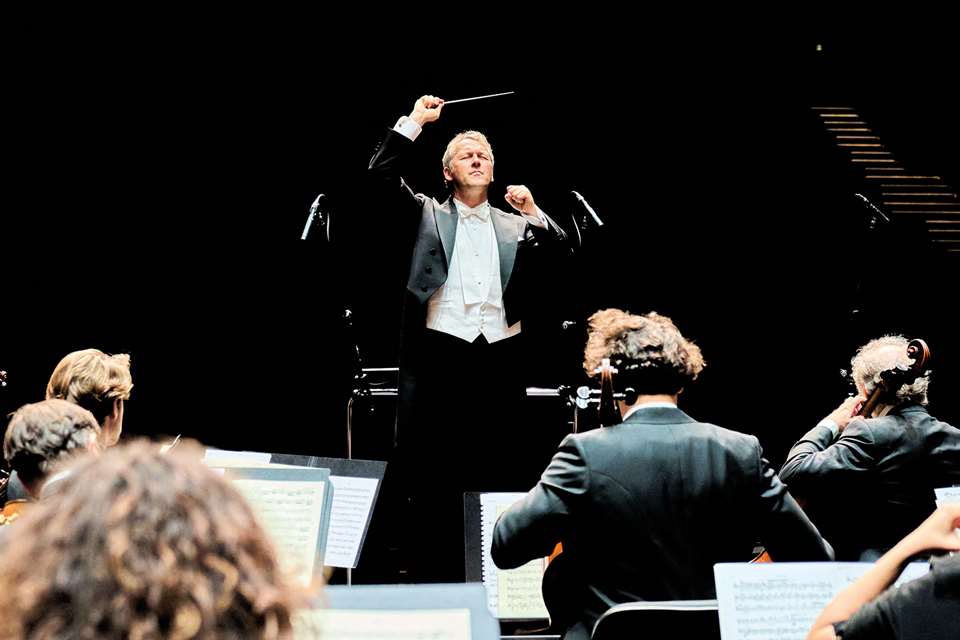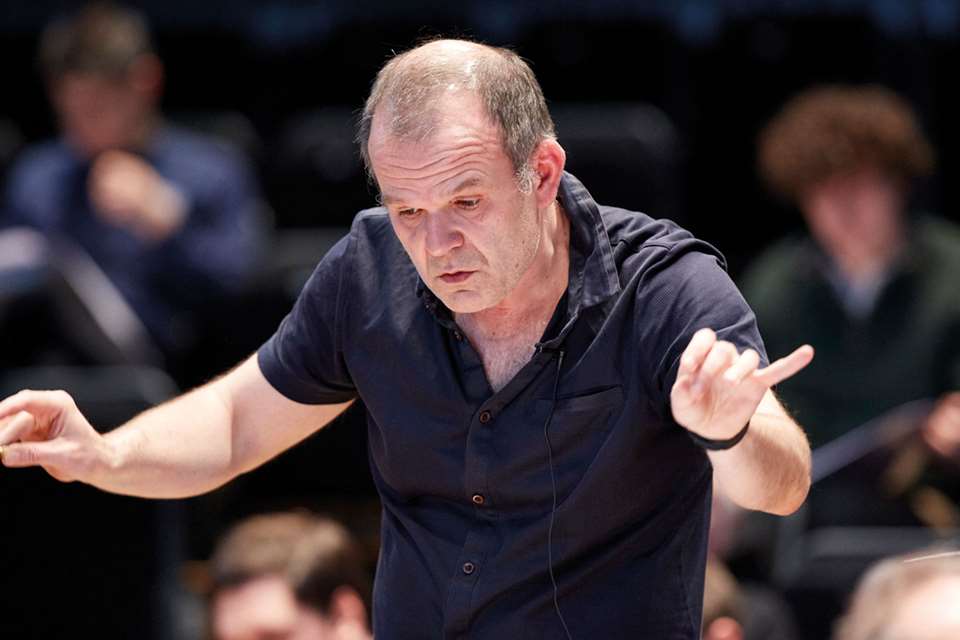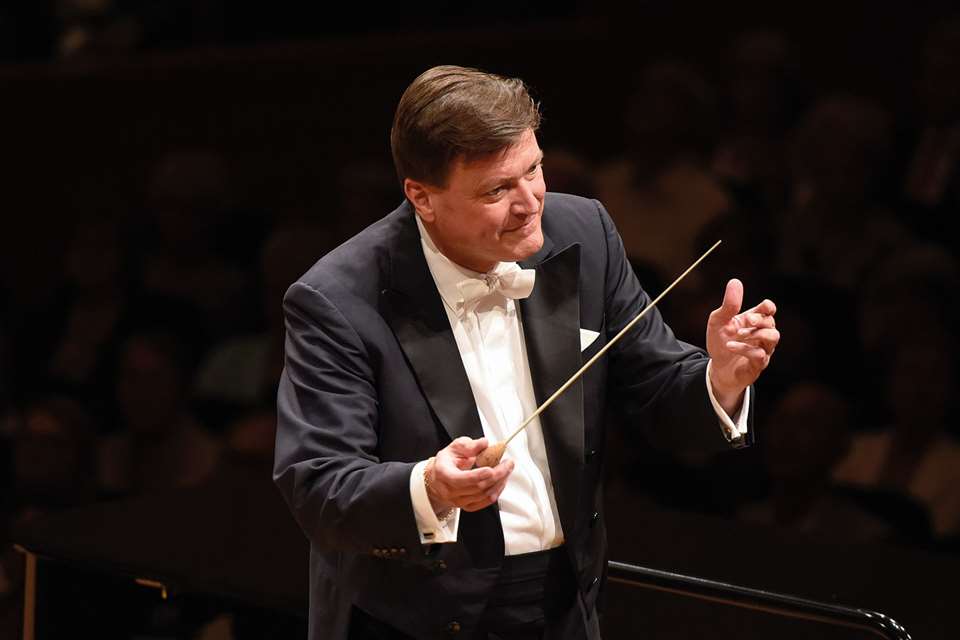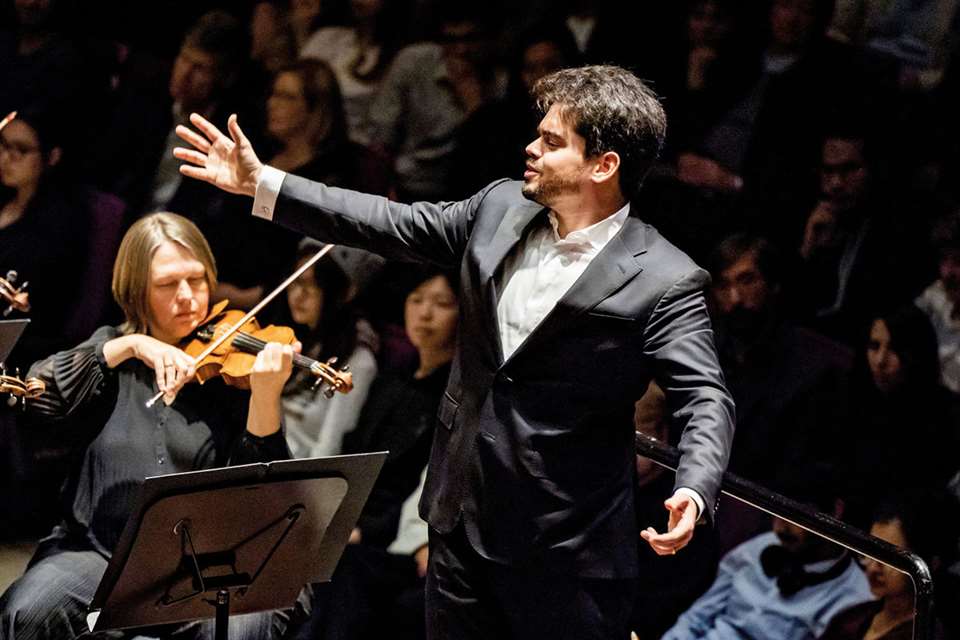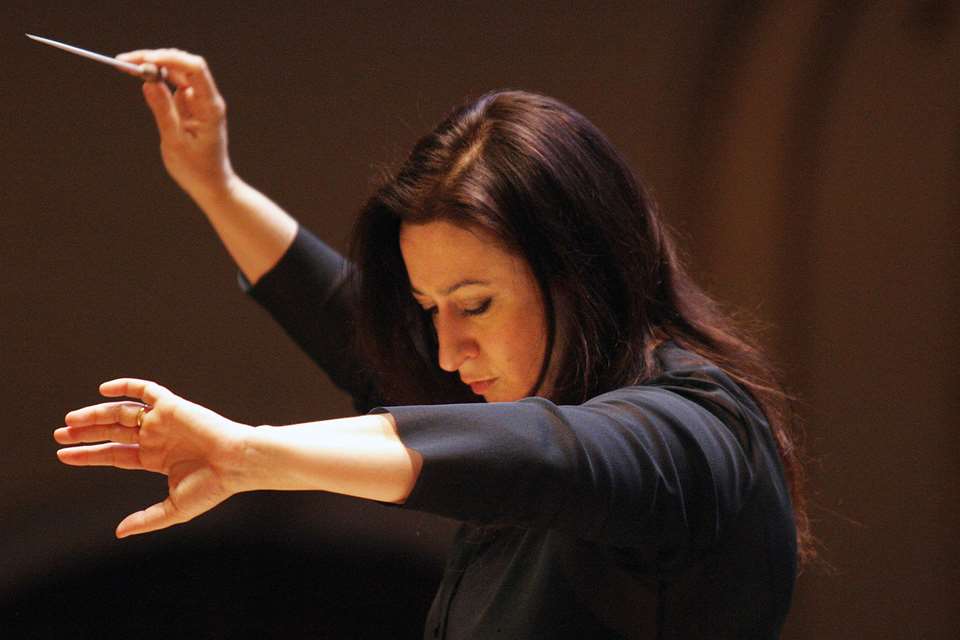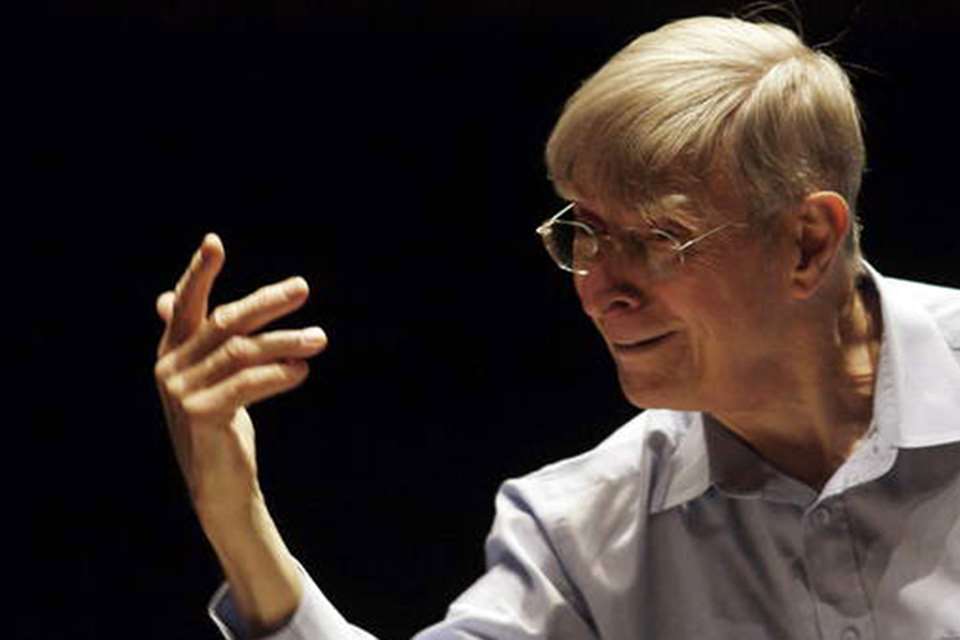Bruckner's Symphony No 9, an introduction by Andris Nelsons
Monday, February 19, 2024
Andris Nelsons on a symphony he places alongside the mighty ninths of Beethoven and Mahler
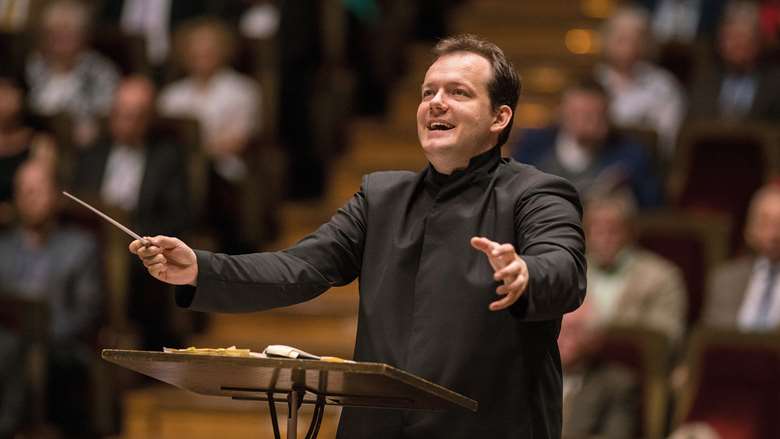
Register now to continue reading
Thanks for exploring the Gramophone website. Sign up for a free account today to enjoy the following benefits:
- Free access to 3 subscriber-only articles per month
- Unlimited access to our news, podcasts and awards pages
- Free weekly email newsletter




